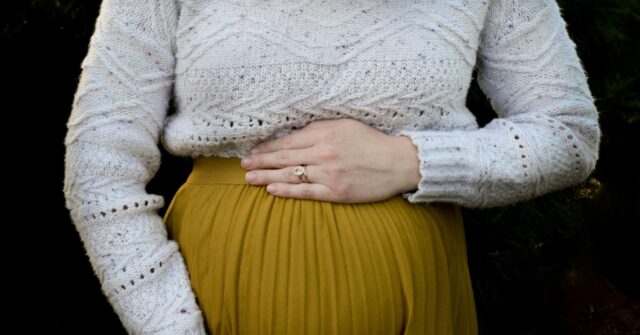Recent reports from Britain’s Office for National Statistics (ONS) highlight a concerning trend regarding live births and fertility rates. The total fertility rate in England and Wales has plummeted to 1.44 children per woman, marking the lowest level since record-keeping began in 1938. Alongside this decline is a dramatic reduction in live births, with only 591,072 reported in 2023. This figure is the lowest recorded since 1977, significantly lower than the historical averages of over 600,000 births per year, which occurred for all but 11 of the last 172 years. The birth figures now echo those seen during the Second World War—an alarming parallel that underscores the shifting dynamics of family formation in Britain.
The implications of such low birth rates are profound, especially given the established concept of “replacement level” fertility, which is defined as 2.1 children per woman needed to maintain a stable population in the long term. The latest total fertility rate of 1.44 starkly illustrates that England and Wales are not only below this critical threshold but are experiencing declines across almost all age groups. This trend suggests an evolving societal landscape where fewer women may have children, implying a potentially bleak future where half of women born may not become mothers, as noted by the ONS. Such a trend could lead to significant demographic implications, including an aging population coupled with a declining youth workforce.
Several interrelated factors appear to contribute to the declining fertility rates in Britain. Among the leading causes are increased access to contraceptive methods, such as the pill, the liberalization of abortion laws, and greater female representation in both higher education and the workforce. These societal shifts have collectively altered the traditional correlations between marriage and childbearing. As women increasingly prioritize careers and personal development, the age of first-time motherhood has risen, and family sizes have shrunk.
Interestingly, while overall fertility rates remain low, certain regions showcase a higher concentration of births. The areas with the most notable birth rates—like Luton, Rochdale, Bradford, Wolverhampton, and Redbridge—often reflect a broader trend of ethnic diversity. This suggests that demographic factors, including cultural attitudes towards family and childbearing, are influential in shaping regional fertility patterns. Thus, while many areas struggle with low birth rates, pockets of high fertility illuminate the complex social tapestry present in contemporary Britain.
In a broader context, the declining birth rate occurs alongside continued population growth, primarily attributed to net migration. The ONS projects that the populations of England and Wales will continue to rise, thereby masking the severe decline in natural births, which recorded 16,300 more deaths than births from 2022 to 2023. The confluence of these trends—falling fertility rates offset by rising population figures due to migration—complicates the national discourse on demographic stability and future economic viability.
Ultimately, these evolving patterns pose critical questions concerning societal priorities and the future of family structures in Britain. Insights gleaned from the ONS report serve as indicators of broader changes to come, reflecting shifts in the dynamics of family formation, women’s roles in society, and immigration’s impact on national population trends. As the country navigates this demographic landscape, understanding these shifts will be essential for policymakers attempting to address the myriad challenges associated with an aging population and declining birth rates. As such, the interplay between societal values, economic factors, and population policies requires careful consideration in shaping Britain’s demographic future.

